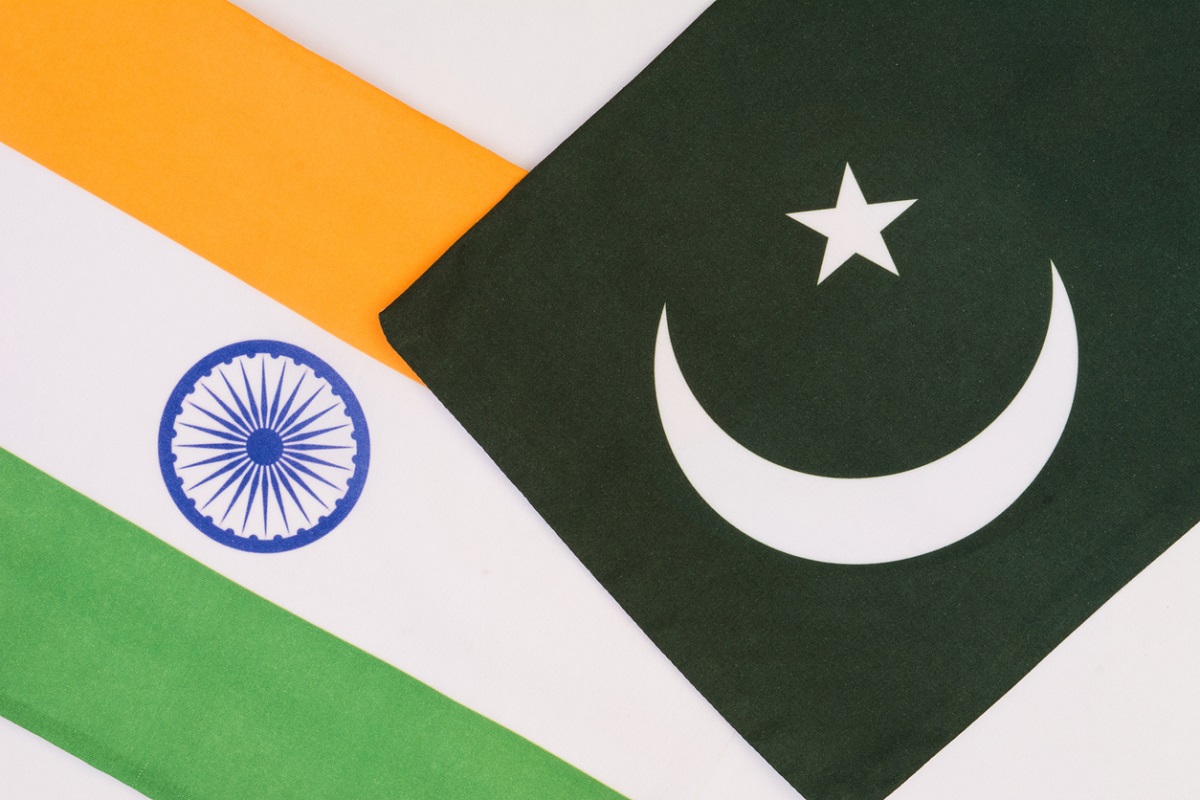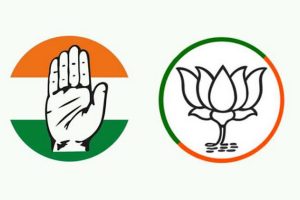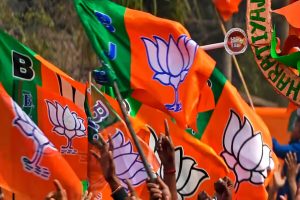The two-nation theory resulting in the creation of India and Pakistan on religious grounds has left South Asia in a permanent state of confrontation. Kashmir has remained the major bone of contention, with other resolvable issues also linked to Kashmir. Multiple wars, tense borders, policy of bleeding India by a thousand cuts and seeking to create a self-sustaining internal terrorist movement within Kashmir have all failed to give any advantage to Pakistan.
As decades passed, India grew stronger in every respect, while Pakistan sank deeper into the abyss. Attempts to seek a solution leading to a lasting peace enabling development for both nations have failed on multiple occasions. While many Pakistani political leaders have understood the need for peace, the deep state that controls the nation feels the reverse. Every Indian Prime Minister has taken a step forward hoping to end the stalemate, only to be pushed back by an act of terror.
The fact that no Pakistani tactic has ever worked should have been a wakeup call for their military leadership; unluckily it has not. Pakistan was always secure in the belief that its nuclear status is a deterrent for any Indian offensive action. Its military leadership believed that its proximity to China and a declared first-use nuclear policy would force India on the defensive, while it could explore hybrid warfare including officially employing terrorism as an instrument of state policy.
This was aimed at exhausting the Indian government into discussing Kashmir on Pakistan’s terms. Indian responses post Uri and Pulwama changed the scenario for Pakistan. Despite the deep state taking quick measures to hide true casualties by locking down the affected areas, the response did cause an internal sense of panic within the Pakistani military brass. Grudgingly, Pakistan was forced to accept that the current Indian leadership is willing to call the nuclear bluff and risk a confrontation, aware of its conventional advantage.
The question left wide open was who would blink first, India or Pakistan. Pakistan also realised that increased Indian international influence has added to its isolation. It has been placed in the FATF Grey List and despite all efforts there has been no indication of any change in status. In recent times the Indian military hierarchy has been regularly warning Pakistan against indulging in terrorist activities on its soil.
The warnings have included strong retaliation and use of force. The most recent warning was by the Indian army chief, General Naravane, who stated while addressing a seminar, that apart from strengthening its conventional prowess, “India is focusing on a dynamic response along its western and northern borders that is below the threshold of an all-out war.” He added that “airstrikes on Balakote demonstrated that if one is skilful, escalation does not always lead to war.”
Simultaneously, strong counter strikes along the Line of Control (LoC), unrelenting anti-terrorist operations in the valley and preventive deradicalisation measures have left the valley peaceful. Pakistan’s attempts at infiltration have been largely foiled and the few that infiltrated did not survive. Lack of internal support is also indicated by the fact that the number of locals joining terrorist groups has witnessed a sharp decline.
Pakistan has realised that it cannot risk another Indian retaliation on similar lines as Balakote nor can it afford an armed conflict. Its economy is in doldrums, reserves are way below levels of even a limited conflict, while the military capability gap is only growing by the day. It also knows that despite all its bravado, nuclear weapons are for war prevention, not war termination.
It also remains doubtful of the nature of military support it could expect from China, despite promises of all-weather support. Pakistan has seen global support to India on both its Kashmir decision and amending its Citizenship Amendment Act (CAA). Its attempts to have the global community criticise India failed. World powers refused to even discuss Kashmir in the UN Security Council, despite Chinese insistence.
Even its supposed close allies Saudi Arabia and the UAE supported India and refused to honour Pakistan’s demand for an Organization of Islamic Cooperation meeting on Kashmir. Hence, it has realised that it would be alone when facing Indian retaliation. Pakistan has therefore been compelled to change tack and move from armed confrontation to inciting internal dissidence. It has begun employing social media to convey the impression that Indian government actions are contrary to Muslim community interests.
Linking the National Register for Citizens and CAA was aimed at making Muslims believe they were being treated as secondclass citizens. To provide support to the protestors Pakistan launched a series of actions seeking to discredit the Indian government’s decisions globally. Thus, criticism flowing on CAA from a few Pak-supporting nations and organizations were being termed as global criticism. What Pakistan adopted could be termed as a form of Grey Zone warfare.
In no way could Pakistan be directly linked to the protests and violence, despite proof of its funding and support. Pakistan is aware that internal strife can only be temporary and lower India’s international standing for a short while. Hence, to gain maximum impact the recent violence in Delhi was timed to peak with the visit of Donald Trump to India.
India then was hosting the largest number of international journalists and any adverse activity at this stage would be globally spread. Funding internal dissidence is easy. It can be resorted to either by the traditional Hawala route or from sale of drugs being pushed across the border. It is quite possible what India witnessed in Delhi is a precursor to a series of future protests and violence. How the government handles its investigation would determine the future. Identifying those behind the protests and their source of funding is essential.
Pakistan remains aware that any direct involvement of its agencies could adversely impact its international standing, FATF strictures as also invite direct Indian military action. Hence, it would adopt means to embarrass India and hurt its internal harmony, including inciting religious violence.
(The writer is a retired Major-General of the Indian Army)












